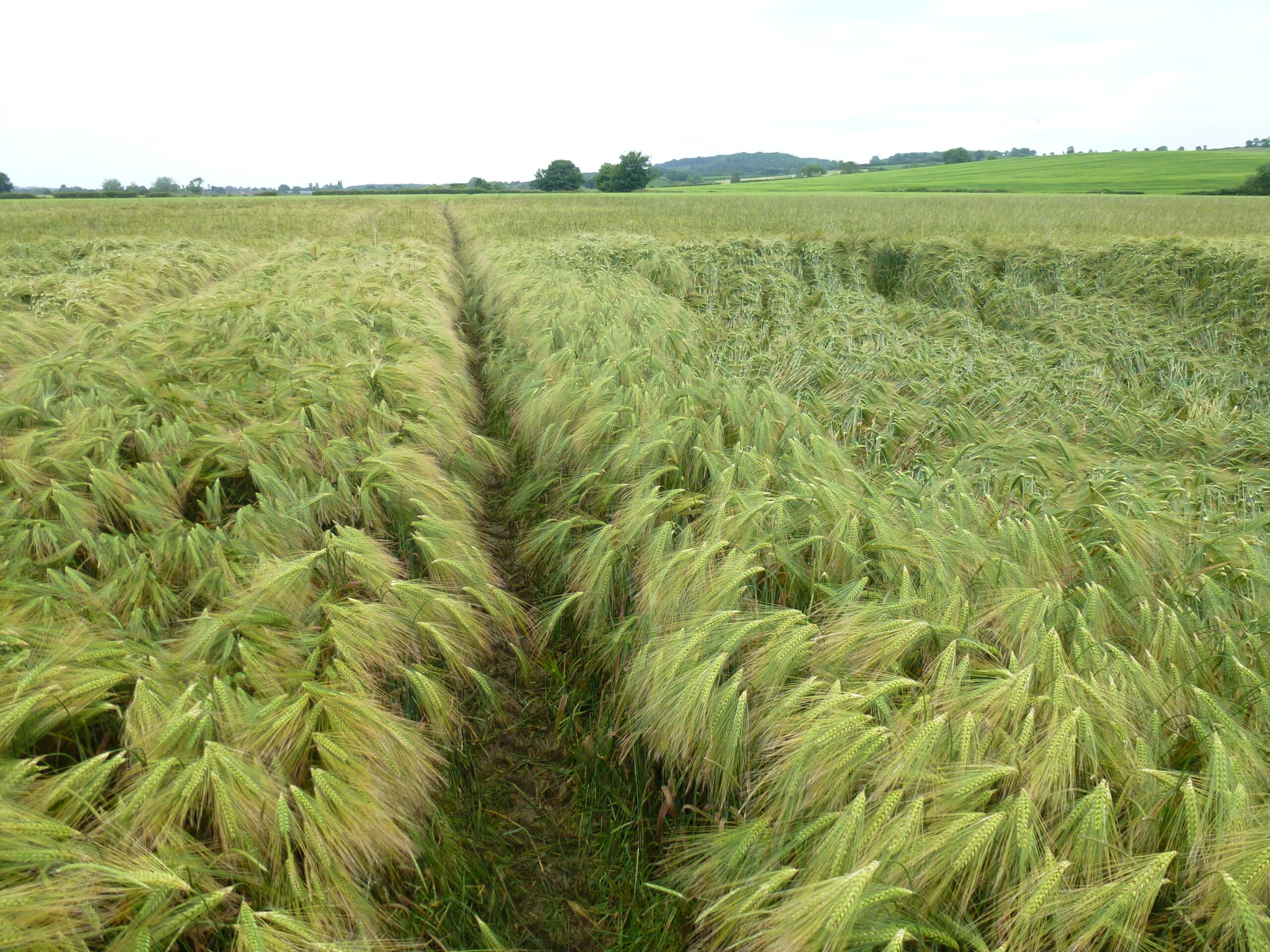17th January 2023
POTENTIAL FOR LODGING HIGH THIS SPRING
Implementing an effective PGR programme this spring will be more important than ever, says leading off-patent manufacturers, Life Scientific.
Summer and autumn 2022 saw sustained periods of dry weather with ponds and rivers drying up across the country. In some places cultivations were delayed waiting for moisture, but generally many crops were drilled early into relatively dry seedbeds. Since then, January has seen high levels of rainfall, with many crops in standing water.
“These conditions set the scene for a high risk of lodging this coming spring,” says Ruth Stanley Life Scientific UK and IE country manager
“Early drilling increases stem lodging risk as straw strength is compromised, whilst an additional consequence of the dry weather is that many crops have been left with poorly developed root systems increasing the risk from root lodging.”
“If it dries up again in the spring as it has done in the last several years, a poorly rooted plant won’t yield, particularly on lighter land types.”
There are two forms of lodging each causing combining and drying difficulties, reduction in yields, and quality issues. Stem lodging occurs when the stem breaks as it is not strong enough to support the plant, whilst root lodging occurs when the plant’s root system is not able to anchor it sufficiently in the ground.
“Lodging risk increases with factors such as early drilling and a high plant population. However the risk from root lodging increases where there is an insufficiently developed root system in soils that are rich, fertile and well cultivated, particularly those with high organic matter or low clay content- and there are many crops across the UK that are in this situation,” she says.
“Varieties also have different resistances to lodging, this comes down to differences in height, tillering capacity, stem strength and speed of establishment. Varieties with a score of 7 or less on the AHDB Recommended List should be considered at risk of lodging and need to be managed carefully.”
A robust PGR programme will help protect against both root and stem lodging and Mrs Stanley suggests that trinexapac, a key active in the PGR armoury which is less temperature dependent than chlormequat can play a key role in an effective PGR programme.
“Trinestar contains 250g/l trinexapac ethyl and is a PGR registered for use on all varieties of winter and spring wheat, barley, oats, rye, triticale and ryegrass seed crops.”
“Trinestar can be applied between growth stages 30 – 39 in winter cereals and its use early (GS 30), can help root development and root plate diameter, which could be critical this year,” she points out.
“It works by directly affecting giberellin biosynthesis in cereals, which can result in stronger stems, shorter internodes and, importantly for this year, its use can lead to an increase in root growth.”
Cost effective PGR
Manufactured by off-patent manufacturers Life Scientific, Trinestar is a reverse engineered formulation of its reference product Moddus. Trinestar is commercially available through distribution partners, ProCam and Hutchinsons.
Life Scientific is able to offer off-patent products to agronomists and growers faster based on the company’s unique scientific concept to reverse engineer a product from the original to produce a product accepted as the same by the regulatory authority.
“Trinestar is a cost-effective crop management tool which protects and enhances yield potential, and comes to market at a time when growers are under pressure to scrutinise input costs whilst not compromising yields.” says Mrs Stanley.
“Trinestar joins a long list of products that have recently been brought to market from Life Scientific such as the first off-patent prothioconazole and tebuconazole mixtures Oraso Pro, Esker and fungicide Aurelia,” she adds.
“The Life Scientific team has also been particularly successful at registering EAMU’s for its products such as for its herbicides Niantic and Cintac for use in rye, and its maize herbicide Basilico for use in winter and spring linseed and strobilurin Azoxystar for use in blackberries, rapsberries and ornamentals.”
More information on any of these products can be downloaded at https://uk.lifescientific.com/#products
For more information on Trinestar or any other products in the Life Scientific portfolio please visit the Life Scientific website https://lifescientific.com/products/

Who is Life Scientific?
- Life Scientific was established by Nicola Mitchell in 1995, and is headquartered at Belfield Office Park, adjacent to its original home on the UCD campus. The company, which has well established links with UCD and with Enterprise Ireland over many years, currently employs 80 people (including more than 30 scientists) and has an annual turnover of €60 million.
- Initially they were a product registration company providing contract services for multi-national and generic companies to gain new or support existing registrations.
- The company has a very strong scientific base and developed a particularly strong position in doing five batch analysis. They had a very good reputation in this area and even MNCs companies would get LS to undertake this work for them. A five batch analysis is required for any new active ingredient source/ supplier and all impurities have to be identified, described by some as ‘looking for a needle in a haystack’.
- In 2020 CEO Nicola Mitchell won the highly prestigious and acclaimed Irish 2020 EY Entrepreneur of the Year Award.

